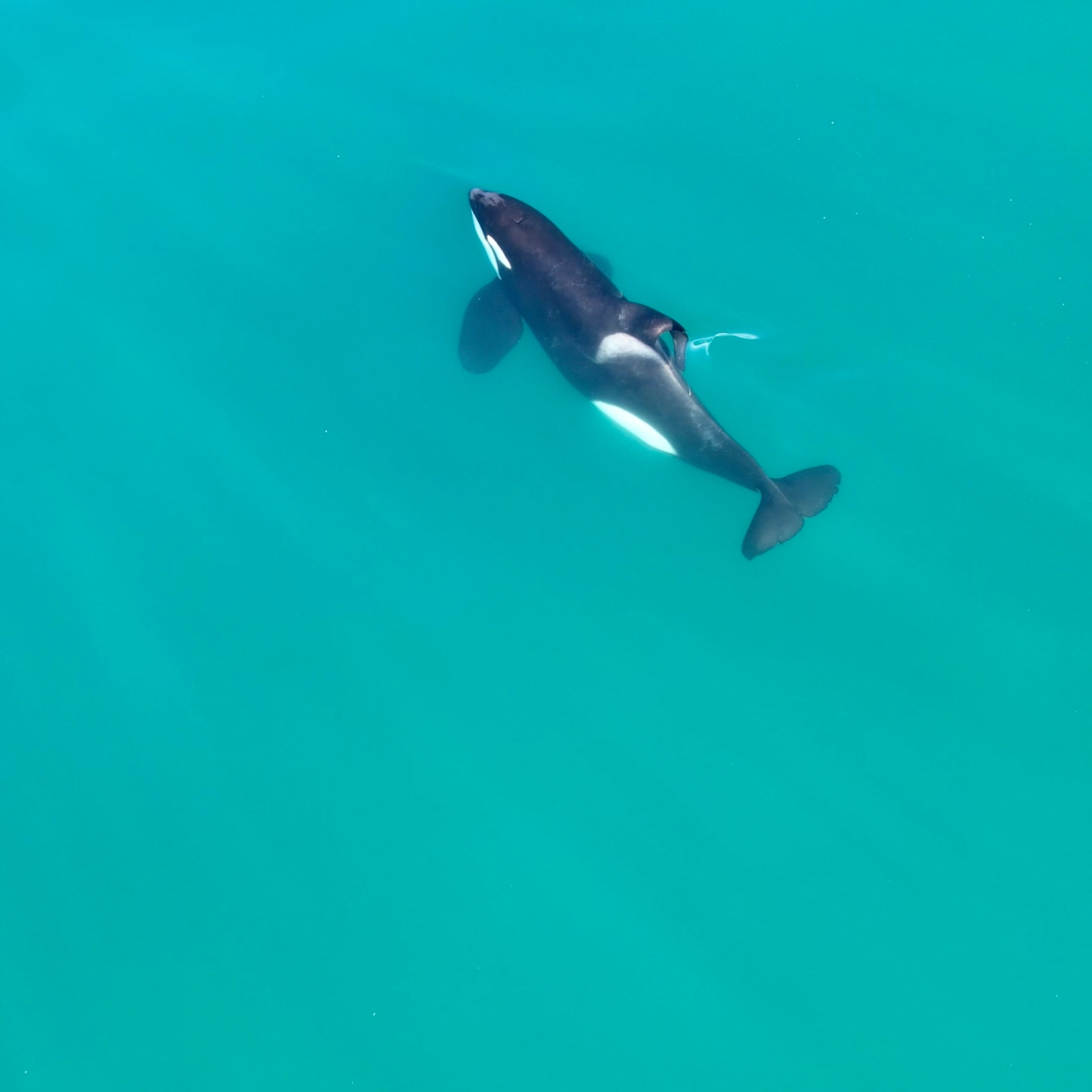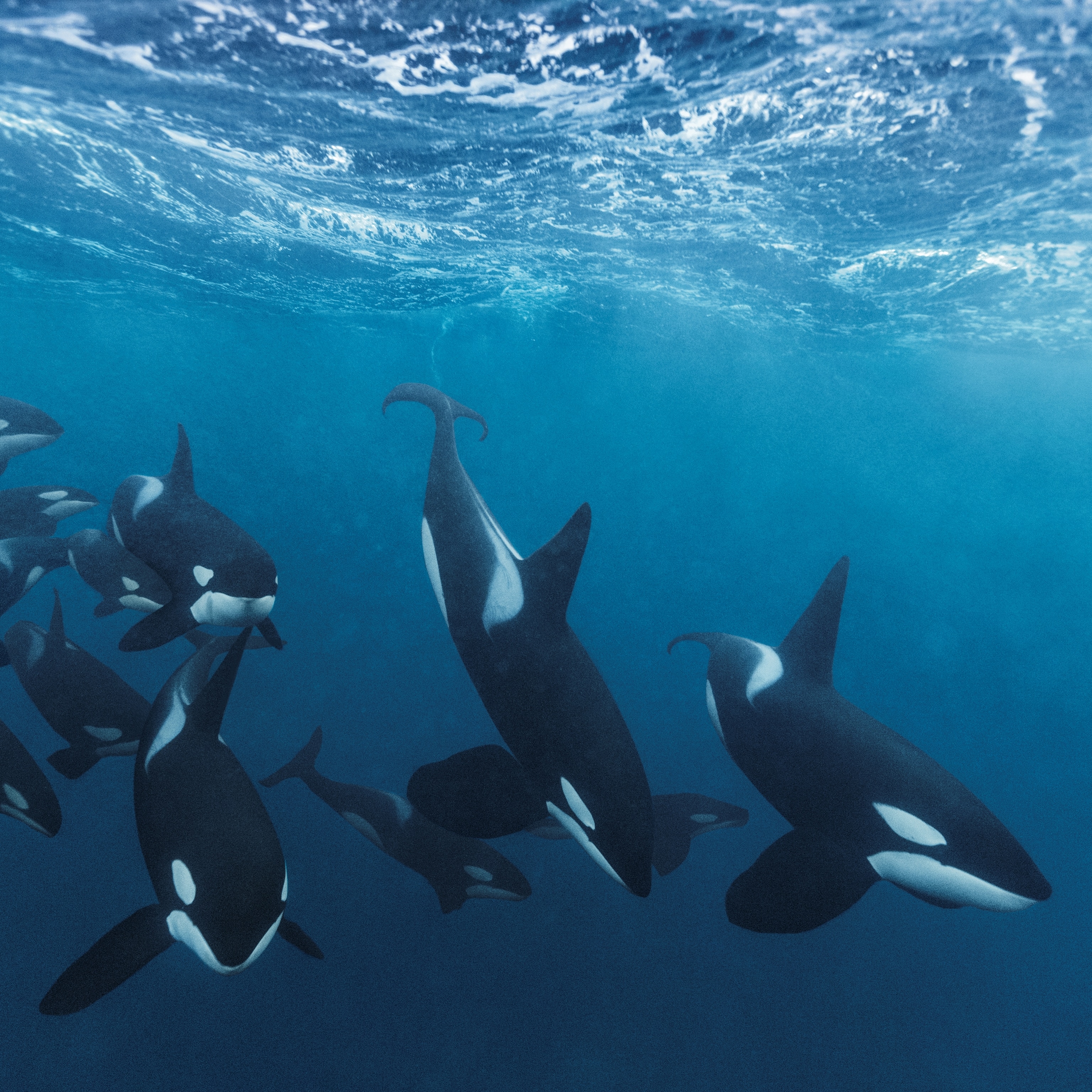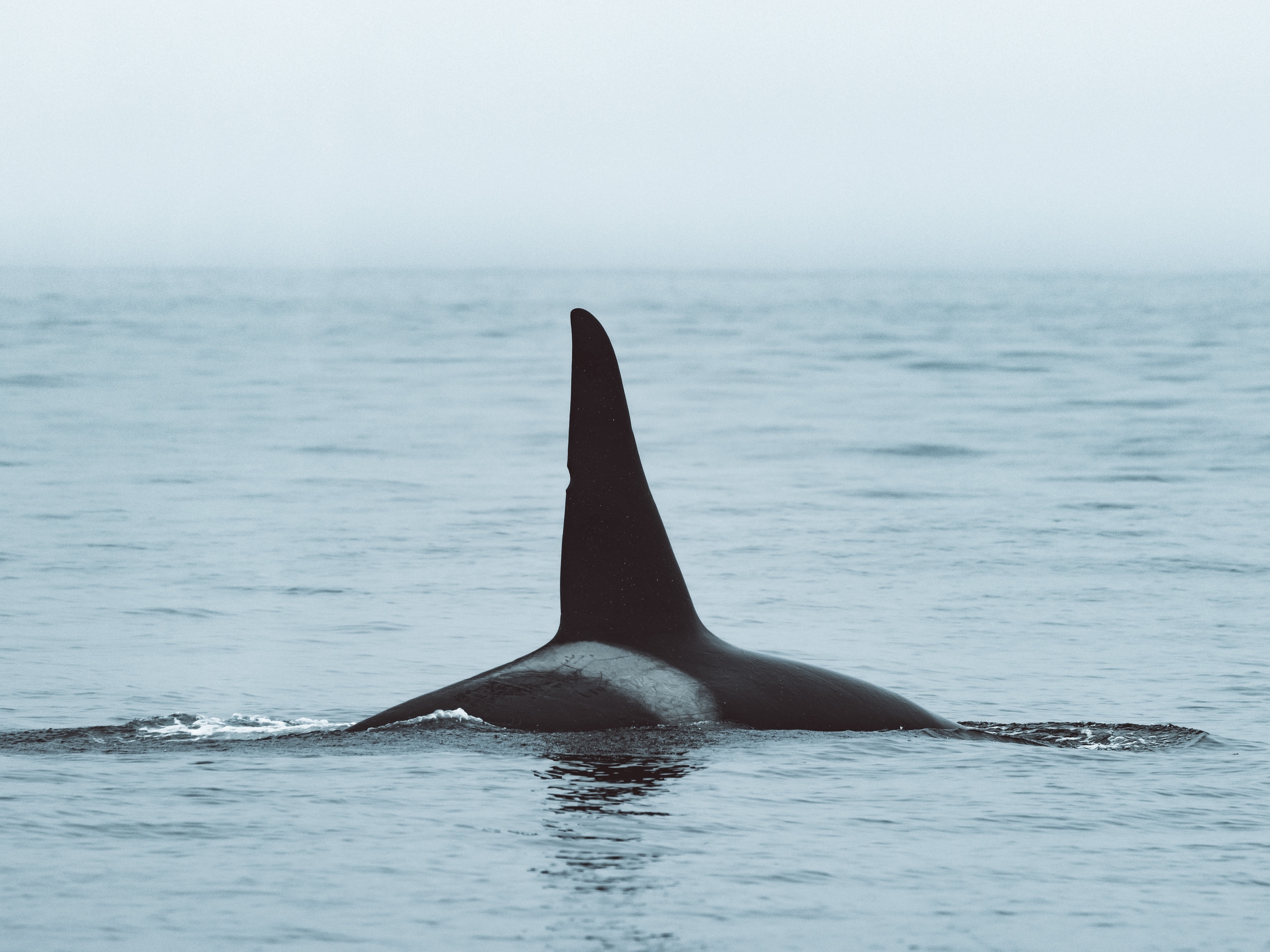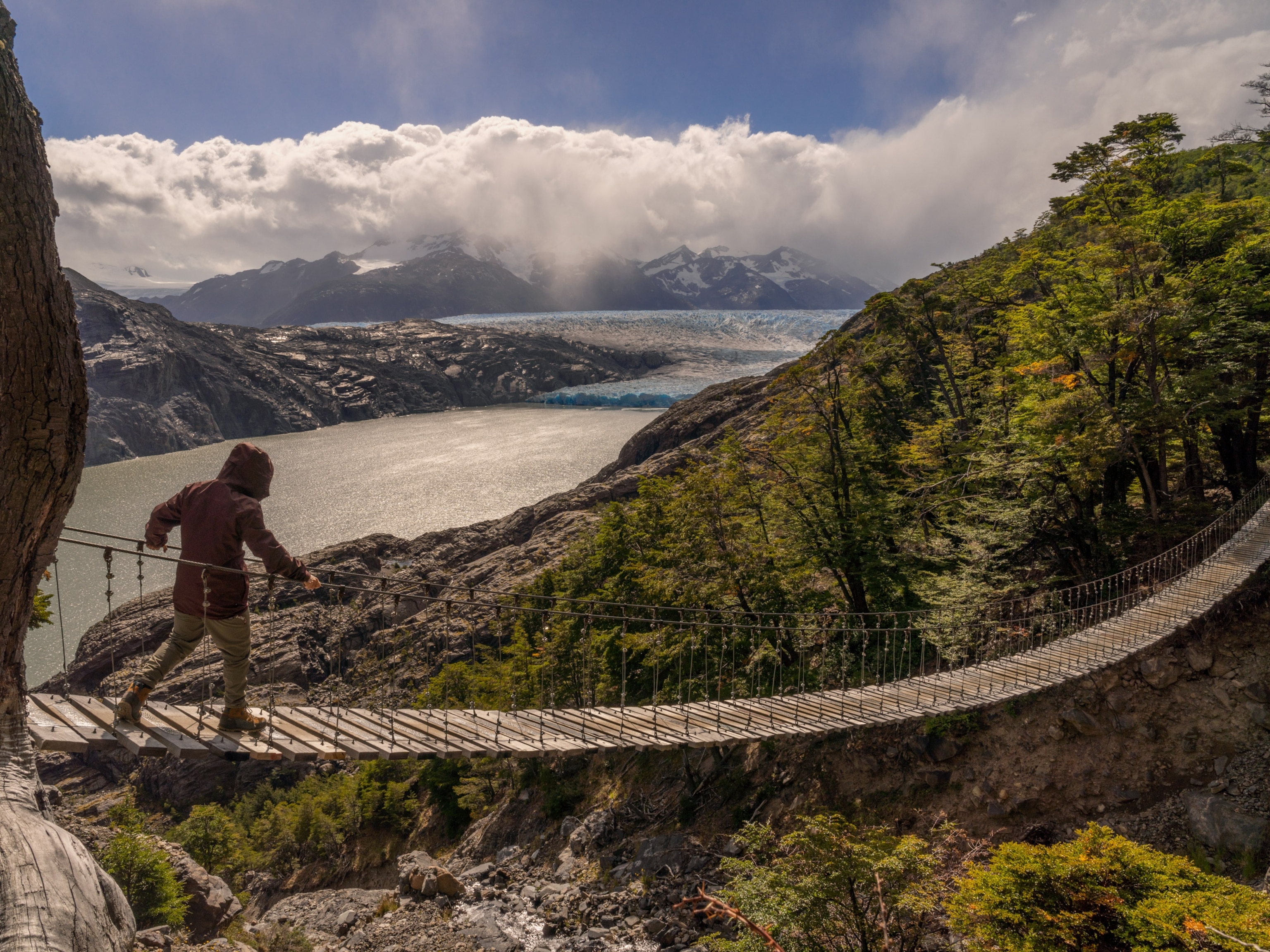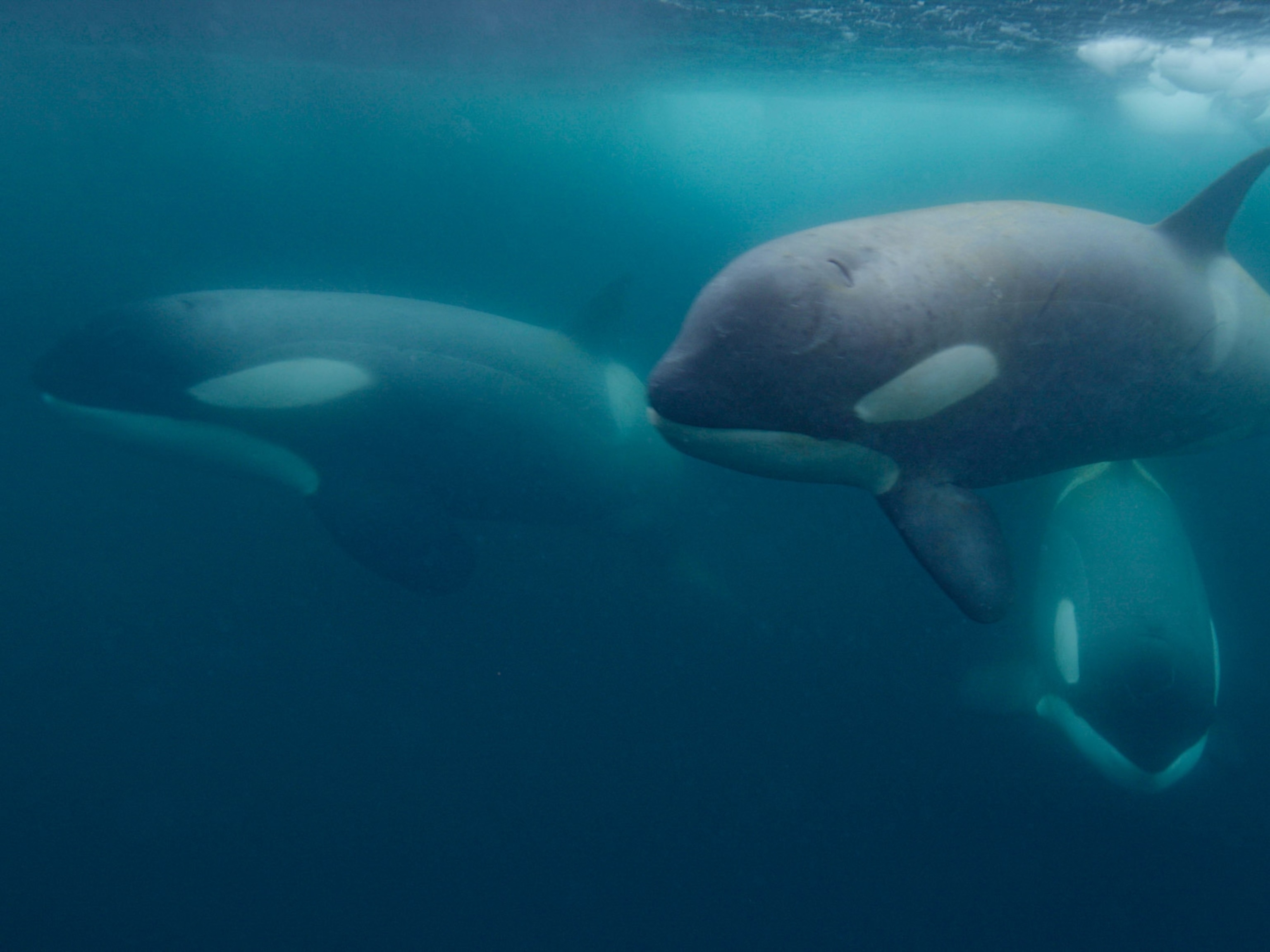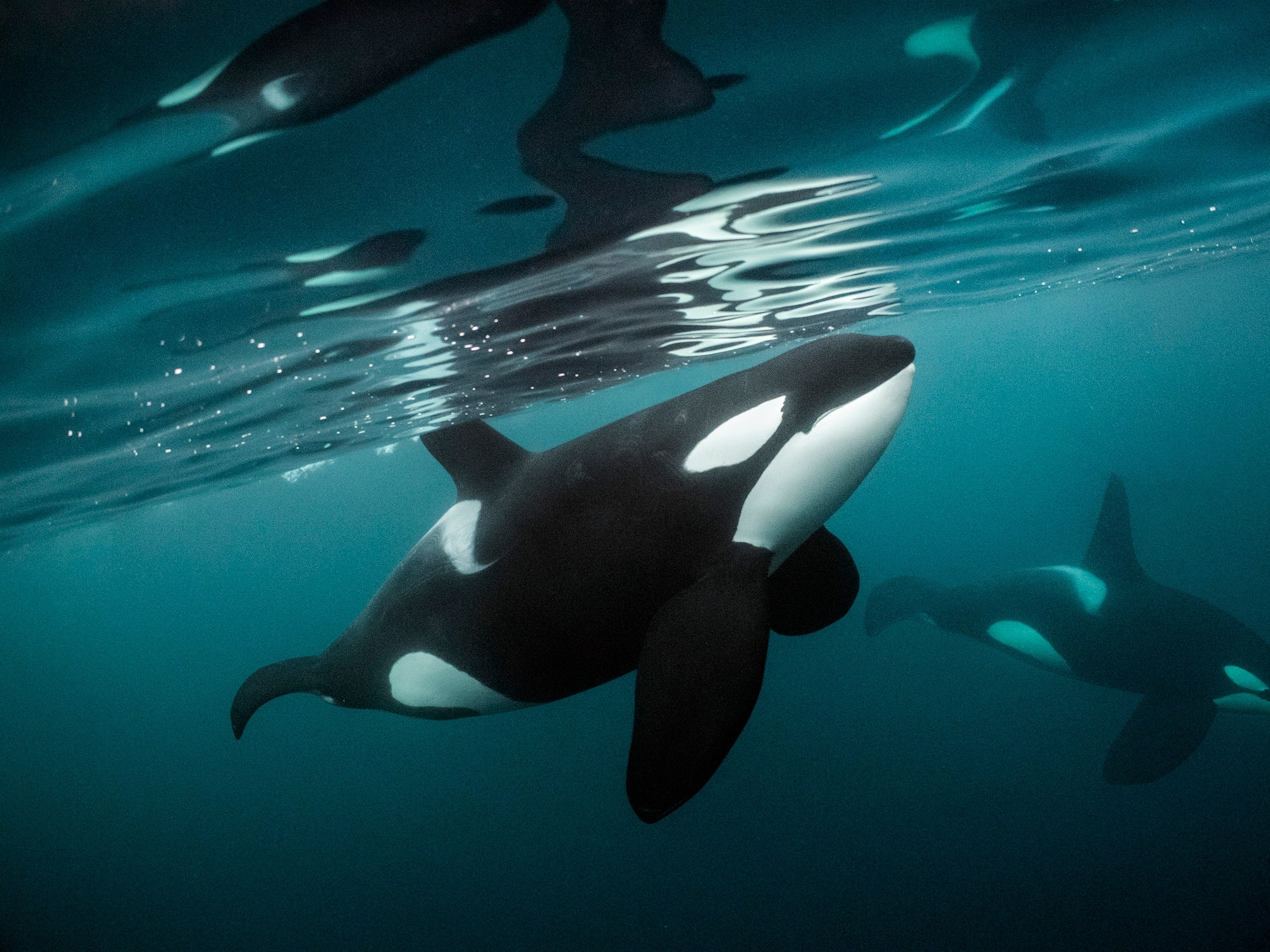How billions of dollars and cutting-edge tech are revolutionizing ocean exploration
What lurks beneath the waves? State-of-the-art robots, ships, and submersibles are helping a new generation of explorers finally understand the most mysterious habitat on Earth.
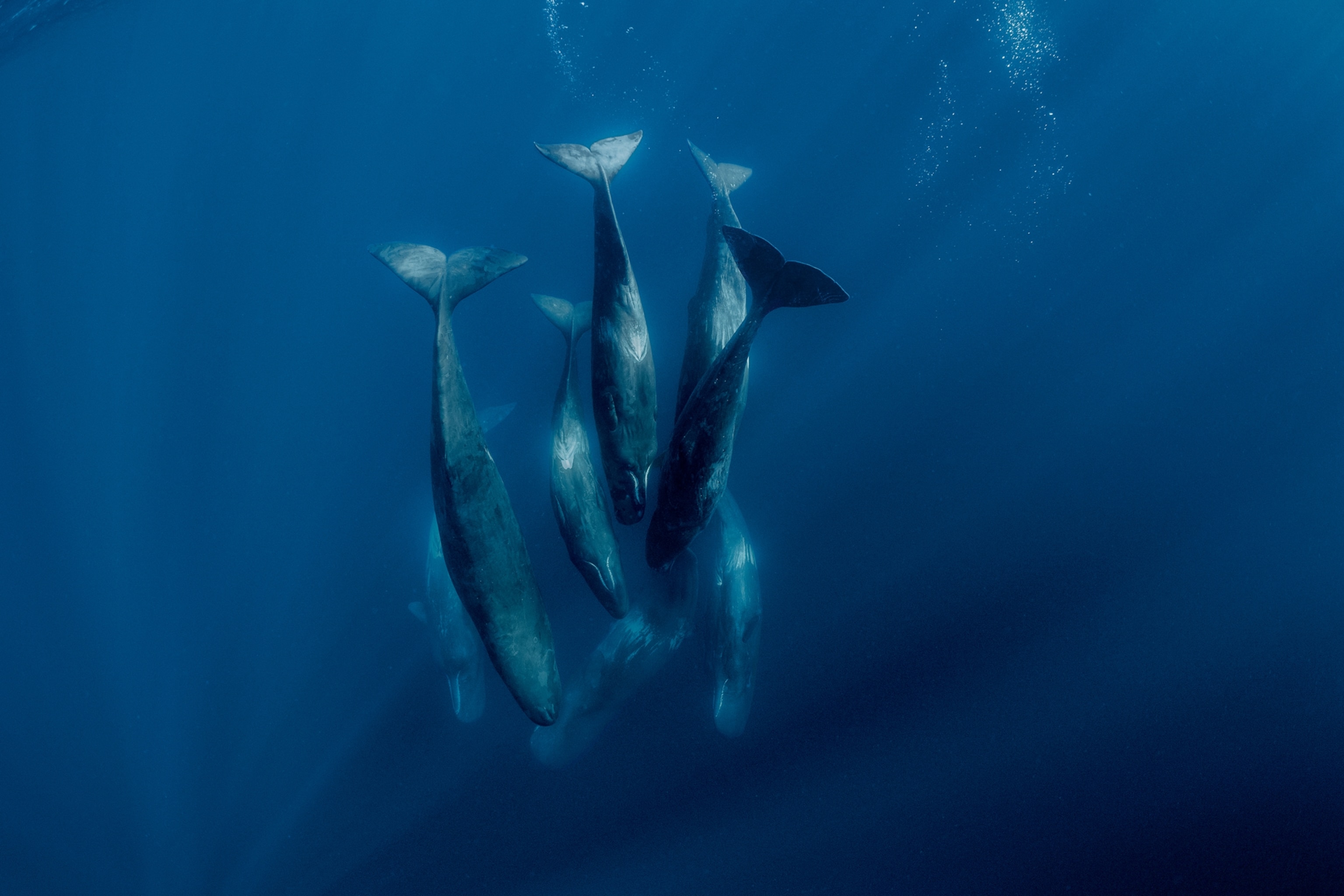
On a warm June morning, a 286-foot private research vessel set off from the green and rocky sea cliffs of the Azores, a chain of islands jutting upward from the North Atlantic Ocean, about a thousand miles west of mainland Portugal. The gleaming white OceanXplorer, rising high above the water, resembled a modified superyacht, with a helicopter pad on the bow and a pair of yellow submersibles near the stern. Below the surface, the ship’s hull featured a high-resolution sonar array to map underwater terrain.
The OceanXplorer had embarked on a unique mission: to tag and retrieve data from bluntnose sixgill sharks in their natural environment, an area so deep that much of their behavior remains a mystery. These prehistoric predators, whose ancestors first appeared 200 million years ago, can grow up to 18 feet long. They’re concealed within the ocean’s mesopelagic layer, or “twilight zone”—a frigid region reaching 3,000 feet down that’s nearly devoid of light. Still, each evening, the slow-moving yet buoyant sixgills here make a three-hour journey up to shallower waters to feed at a known hunting spot on the ledge of an undersea mountain near the Azores.
(Scientists tag deep-sea sixgill shark hundreds of feet underwater—a first.)
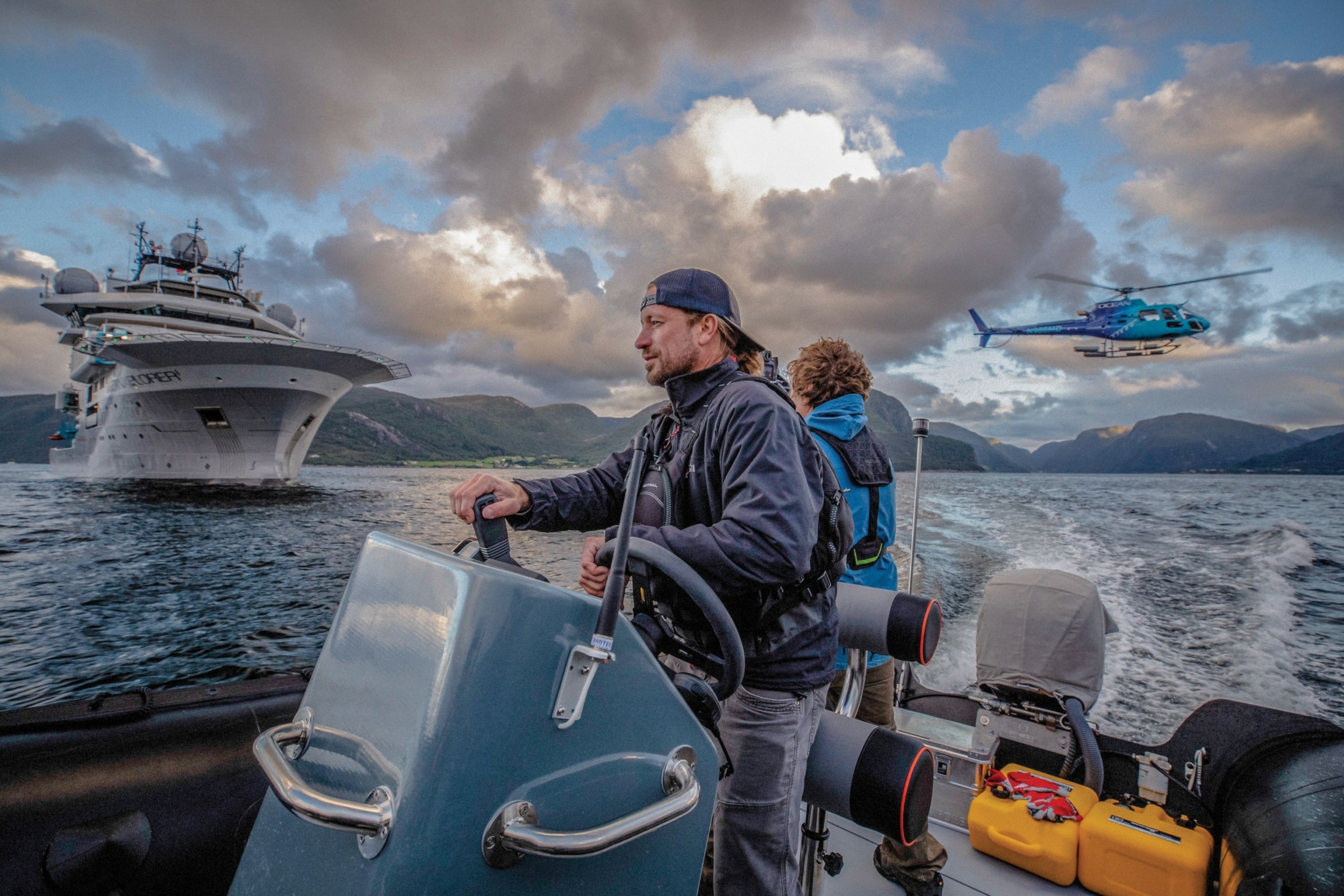
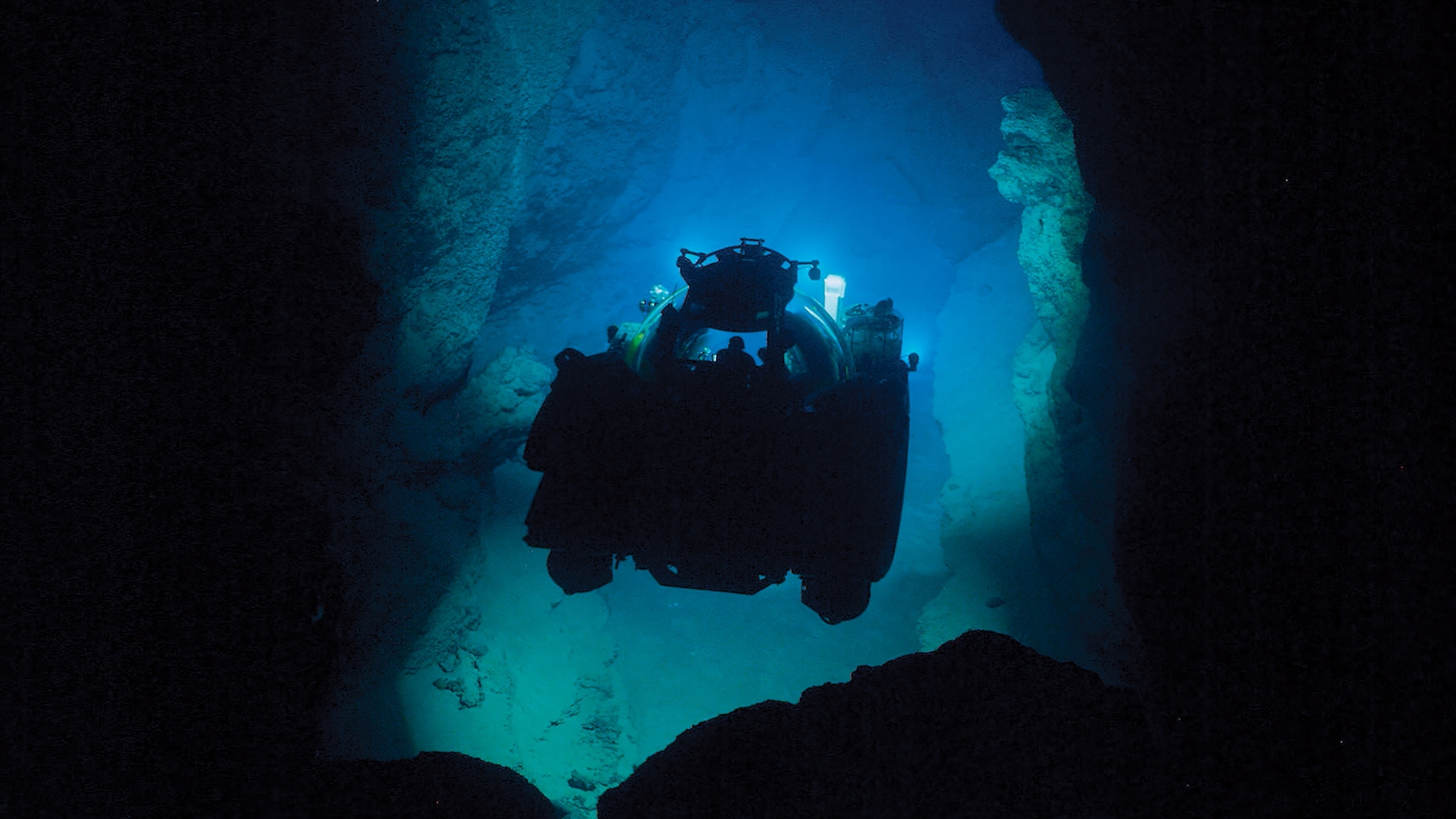
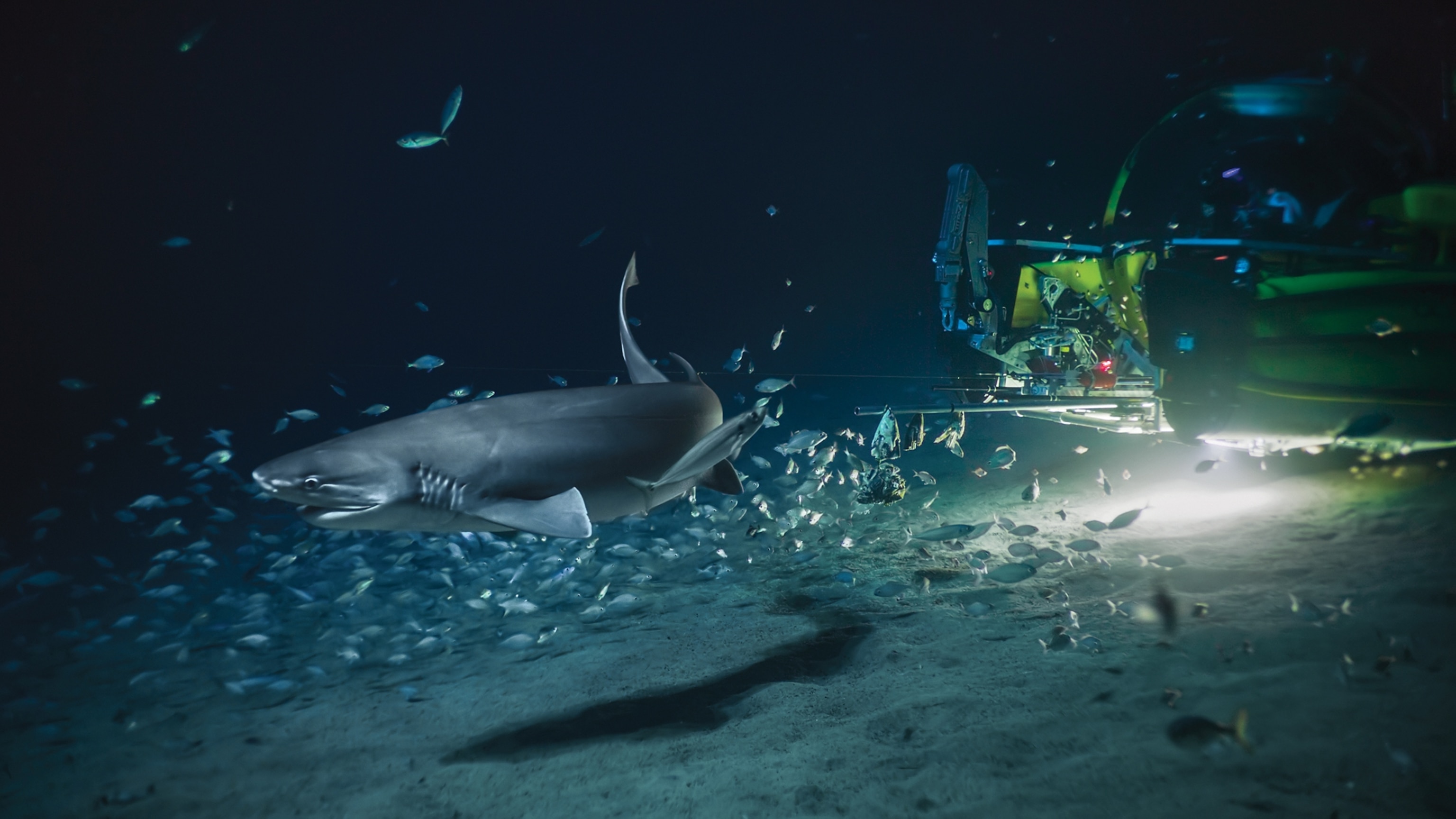
On board were nearly 70 crew members, including shark biologist Melissa Márquez, who grew up in Mexico; deep-sea researcher Zoleka Filander, a South African ecologist who has discovered several new species of invertebrates; ocean technology inventor Eric Stackpole, a NASA veteran who co-founded an underwater robotics company; and two guest scientists from Portugal’s University of the Azores, Jorge Fontes and Pedro Afonso, who had developed a tag that tracks sharks and provides video.
The team hoped to locate at least one sixgill, attach a camera tag to it, and then retrieve the tag later—something never accomplished before in the deep sea. It would require a series of dives in one of the onboard “bubble subs”— so called because of the acrylic globe that houses passengers. Even then, they would get only a glimpse into this hidden world; the tag would automatically release after 12 hours and float to the surface for recovery. Recovering the data, however, would mark a scientific first, yet another in a series for the team, which works with the nonprofit initiative OceanX. Over the past few years, its researchers have taken dramatic footage of orcas hunting humpback whales and separately made audio recordings of how male humpbacks might use undersea terrain to amplify their mating songs. They have also captured rare footage of the Dana octopus squid in its natural habitat.
(Why did a humpback whale capsize a boat? Here's what really happened.)
If such moments sound particularly entertaining—sharks! whales!—that was by design. The OceanXplorer is the flagship of OceanX, an exploration and media venture co-founded by Ray Dalio, the billionaire founder of the hedge fund Bridgewater Associates, and his son Mark, who has previously co-produced shows for National Geographic. The group launched in 2018 with the stated goal to “explore the ocean and bring it back to the world.” This has involved converting a former Norwegian support vessel for oil rigs into a mobile scientific research center and film set. OceanX advisers include James Cameron, the Hollywood director of Avatar and Titanic.
(Q&A: James Cameron on how filmmaking drove his ocean exploration.)
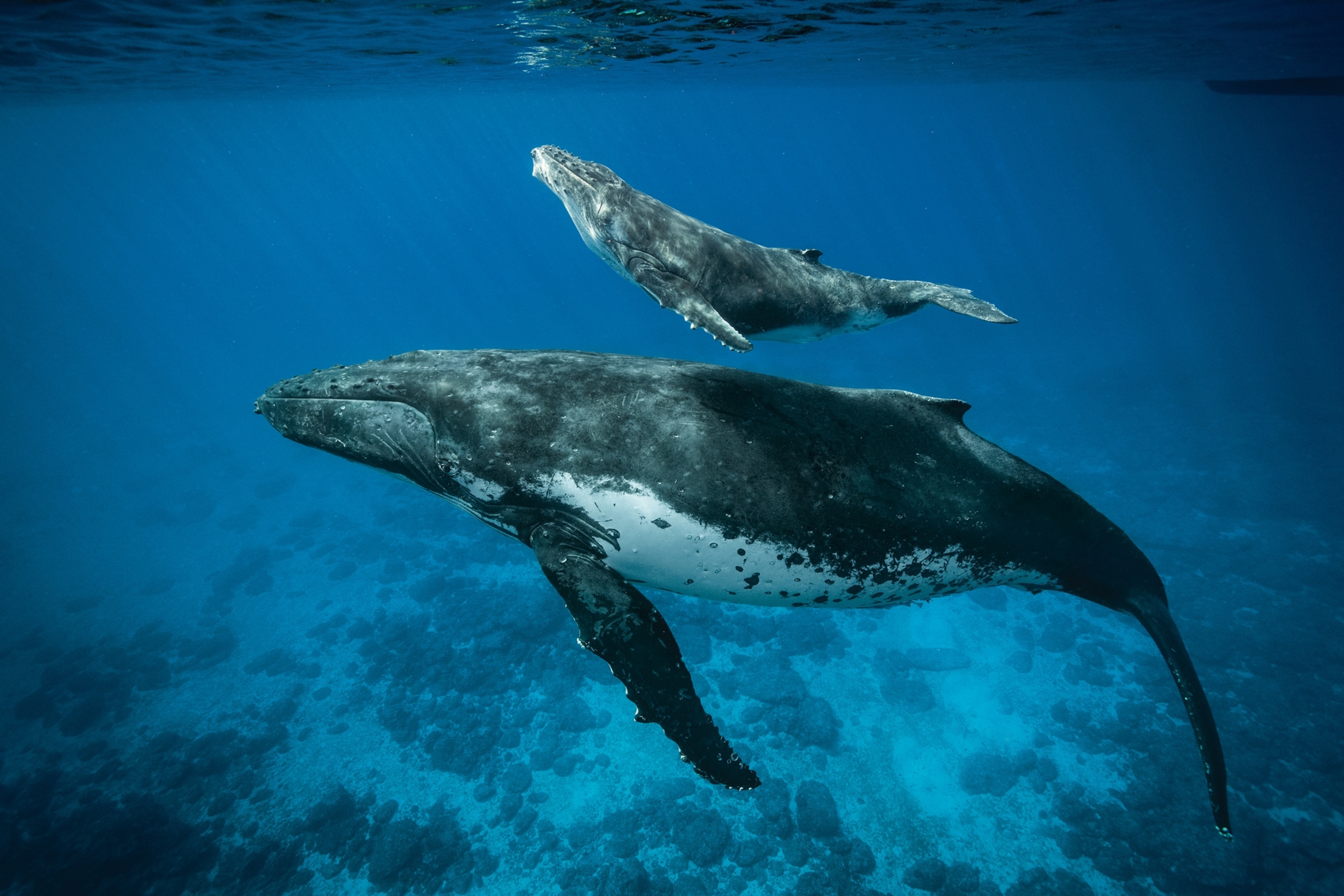
Beyond the helicopter and the bubble subs, which can take explorers to 3,280 feet underwater, the vessel also carries a remotely operated vehicle (ROV) for filming far deeper, plus its own wet and dry laboratories and a holographic viewing table for researchers to generate seemingly made-for-TV models of the data they collect from the deep ocean. There are more than 3,000 film-quality light fixtures throughout the boat. And starting in August, viewers around the world can tune in to see the result of the sixgill expedition, which is part of the National Geographic series OceanXplorers. “There’s never been a more urgent need to understand our ocean and the animals that call it home,” Cameron narrates in the series. “Because their lives, and ours, depend on it.”
OceanXplorers is inspired by the work of Jacques-Yves Cousteau and Louis Malle, who together released the film version of Cousteau’s best-selling book The Silent World nearly 70 years ago. The documentary was among the first underwater films shot in color and sparked worldwide interest in the ocean. That included Ray Dalio, who was entranced by Cousteau’s work and has shared that enthusiasm with his son. “How do you create a Cousteau moment for the modern age?” says Mark Dalio.
(5 ways Jacques Cousteau pushed to protect the planet.)
The modern age could use an updated Silent World. New technologies are on the cusp of unlocking scientific breakthroughs, but only if they’re funded—which means people need to care and demand action. Spurring that through a series of six 30-minute-plus episodes might sound a bit far-fetched, but as the footage reveals, each journey can lead to even more surprising discoveries.
Advancements in ocean exploration through the ages
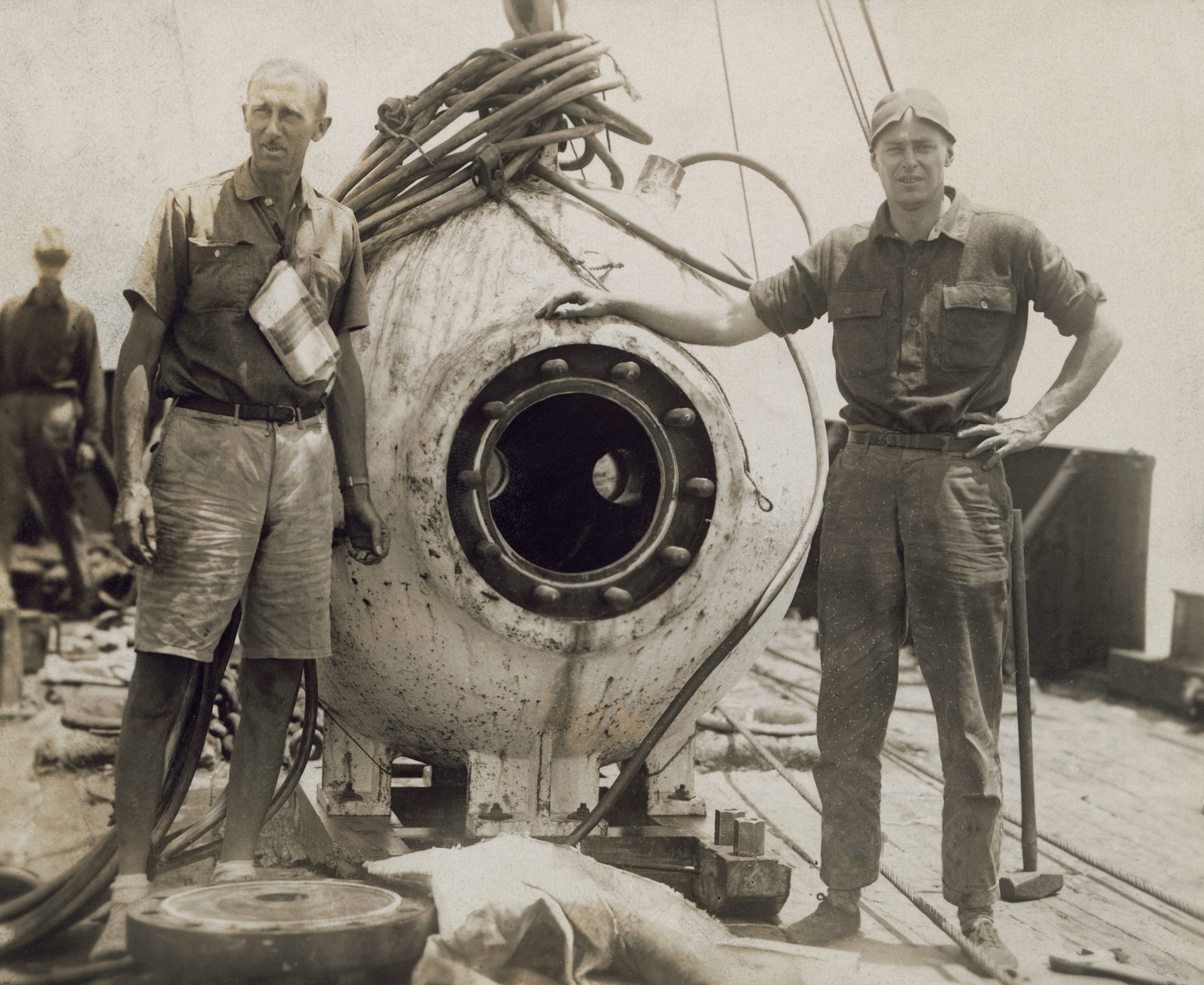

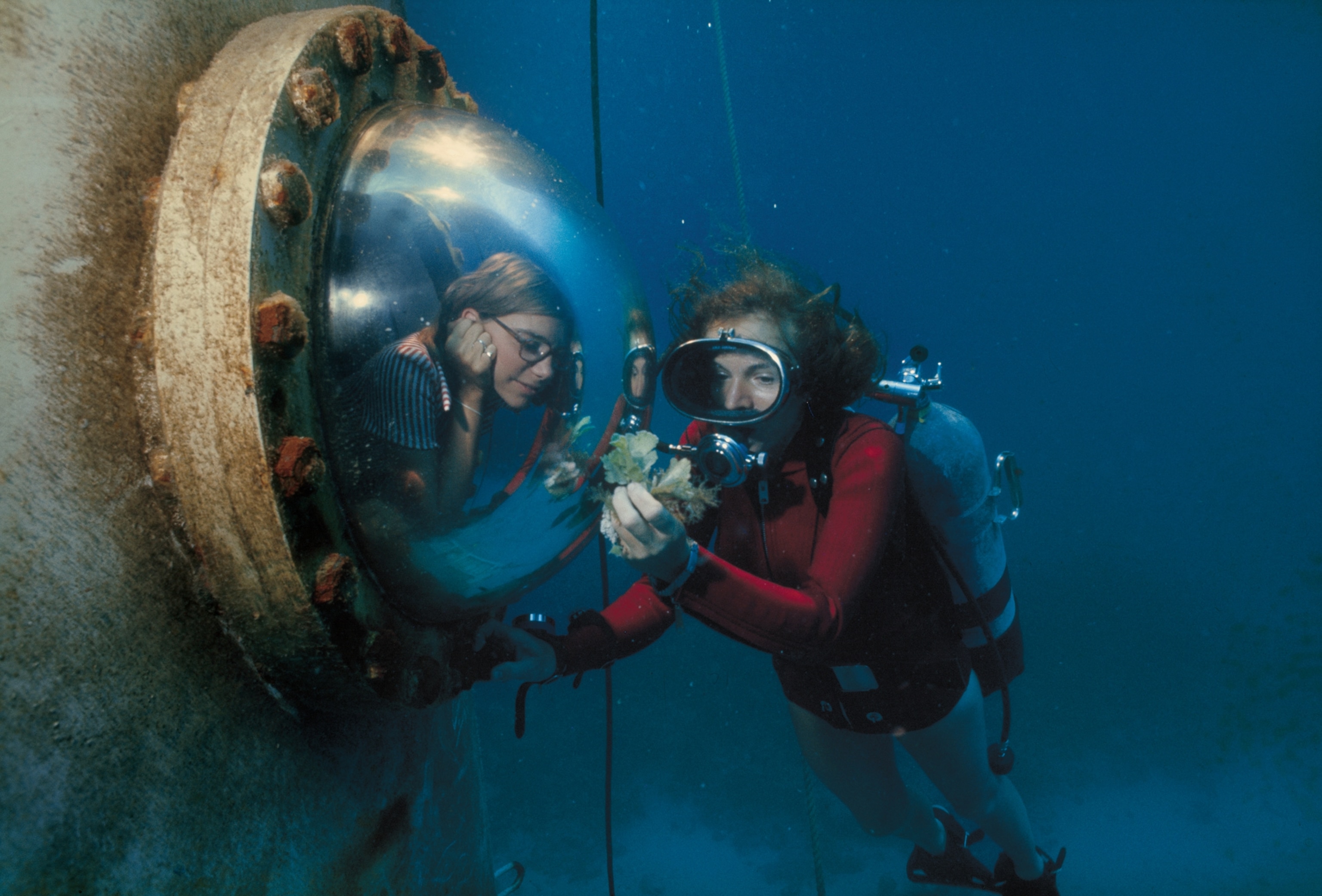
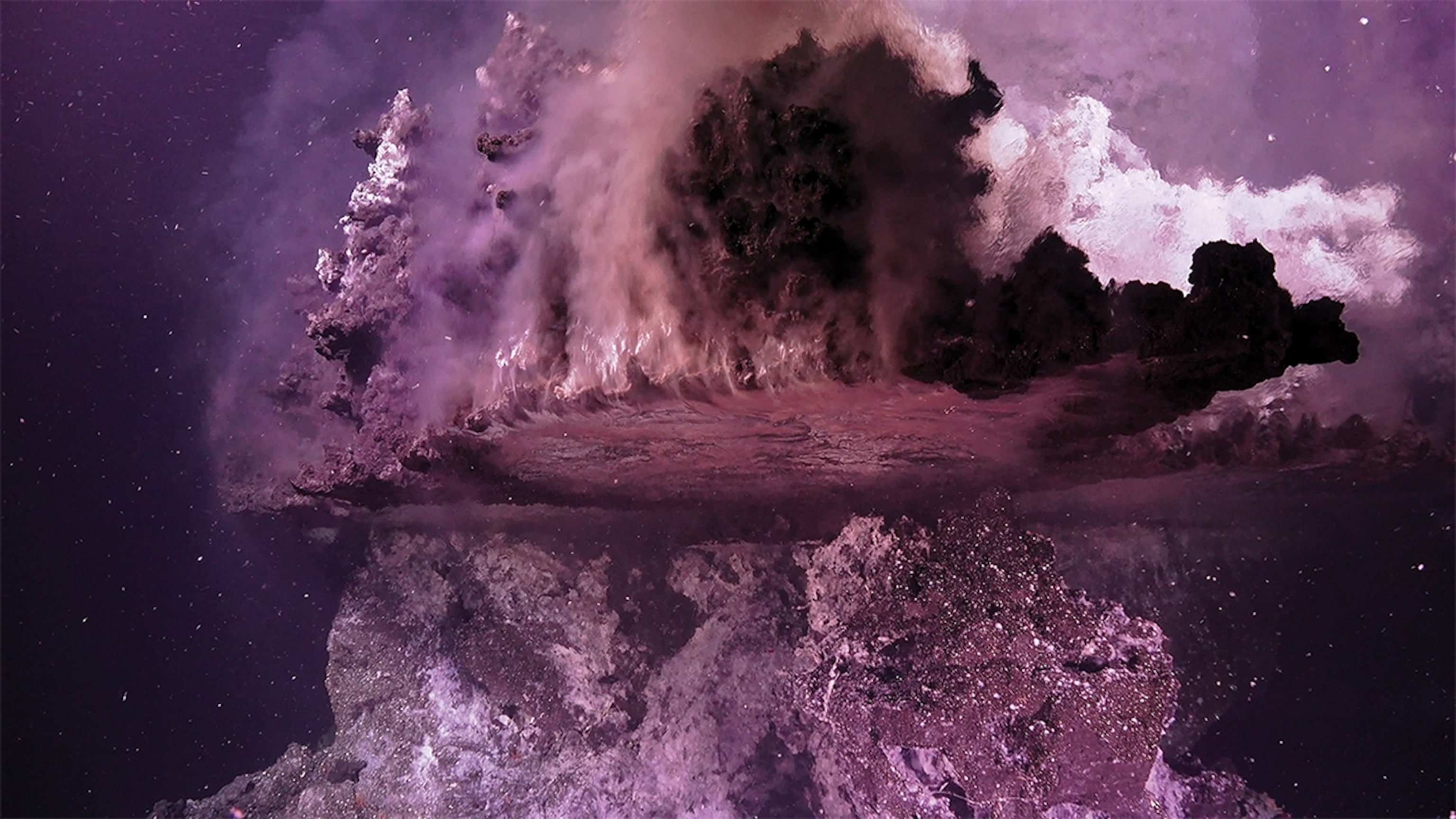

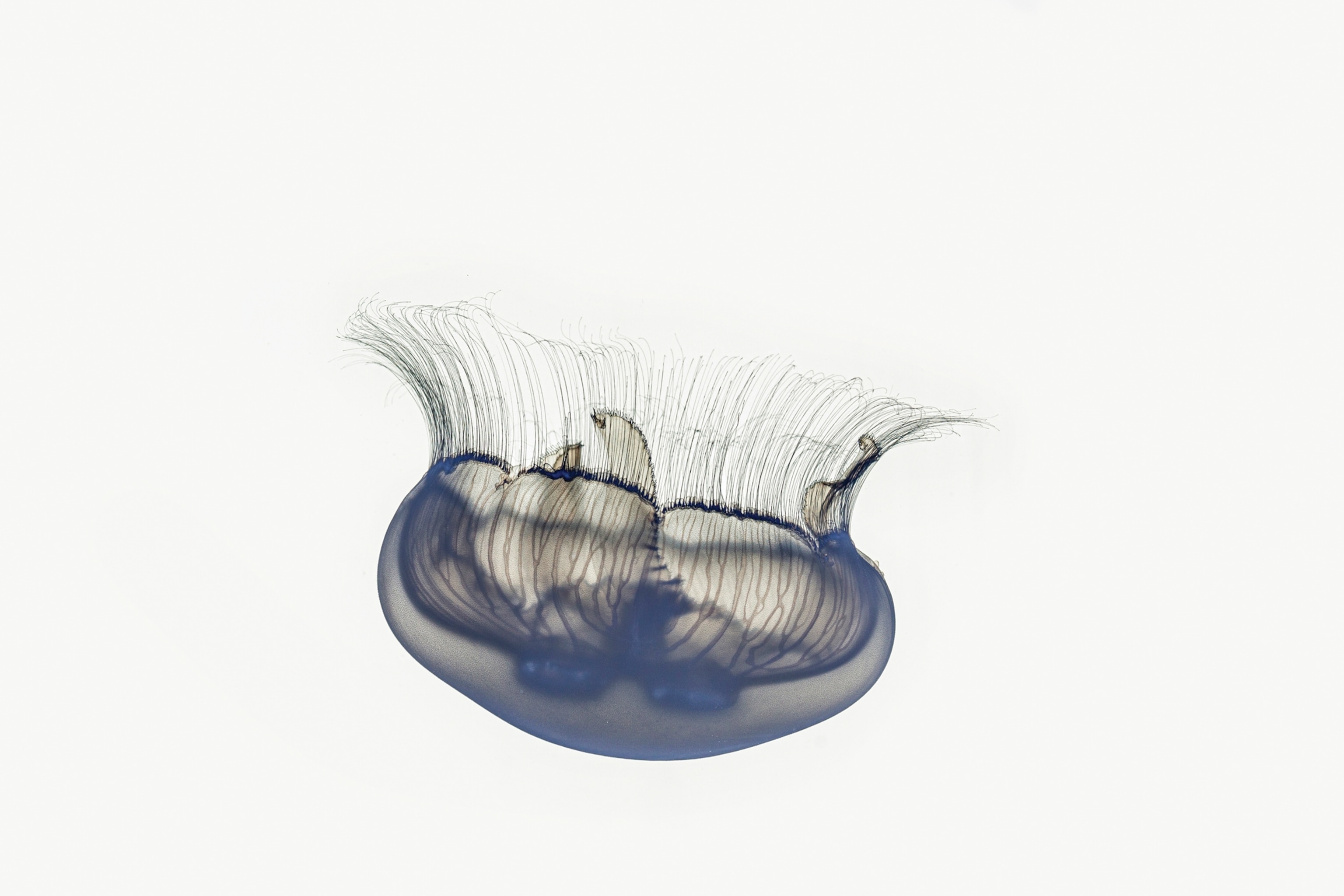
At around 10:30 p.m., cameras rolled from all angles as the Neptune, one of the OceanXplorer’s three-person bubble subs, dangled from a large crane, suspended over the dark ocean. Inside, Márquez, the shark biologist, sat near Afonso, a marine ecologist, and a submarine pilot. Márquez and Afonso had never had the chance to scout for sixgills directly from a sub. Multiple cameras captured the researchers’ wide-eyed expressions as the submersible dropped into the ocean and quickly disappeared below the surface.
Step one in tagging a sixgill: Conduct a population survey in the area, where the sharks are known to convene at night after spending their days deeper in the ocean.
After Márquez and Afonso descended to a ledge more than 800 feet down, they saw something large moving past their submersible’s headlights.
(The story of Turtle, one of the world's first submersibles.)
“Shark, shark, shark!” Márquez called out, looking both excited and a little startled. “That’s huge. Adult. Definitely an adult. About 15 feet long.”
She could see right away that the animal was female because of the lack of claspers, or sexual organs, under its pelvic fin.
Over the course of eight hours under water, the team spotted 11 sixgills, which had traveled an estimated 1,800 feet upward to look for food. Each shark seemed to have a different temperament, with some keeping their distance and others swimming directly at, or even right below, the sub.
They were also all female, except for one juvenile male, supporting the idea that the animals may travel in single-sex groups outside of mating season.
None of the potential targets moved quickly. “She’s so sluggish,” Márquez said as one of the sharks passed by, illuminated by the light of the sub. “I guess she’s conserving her energy. And it’s cold out there; it’s only 39 degrees.”
(Watch the first episode of our newest series 'OceanXplorers' here.)
The deep sea still has plenty of mysteries to reveal. It is the largest habitat on Earth, comprising more than 95 percent of the ocean, yet remains the least explored. At the first ever United Nations Ocean Conference, in 2017, an international coalition of scientists announced its intention of using multibeam sonar to generate a detailed map of the seafloor in its entirety by 2030.
(This scientist is on a mission to map the world’s oceans.)
When the initiative was first introduced, only 6 percent of the seabed was mapped to an adequate resolution; that figure now is 25 percent mapped in high resolution, with more terrain being added every day.
That effort may reveal a better understanding of the seafloor, but when it comes to ocean conservation, researchers face the additional challenge of trying to protect an ecosystem that’s still not well surveyed. The vast majority of species in the ocean—by one estimate, more than 90 percent—have yet to be classified. Rather than just cataloging discoveries, ocean-exploration entities have also put effort into better relaying the wonder of the unknown. By 2019, private equity investor Victor Vescovo piloted a submersible to the lowest point of all five ocean basins, setting a record for the deepest crewed dive in history when he reached the bottom of the Mariana Trench in the Pacific Ocean, at a depth of nearly 36,000 feet.
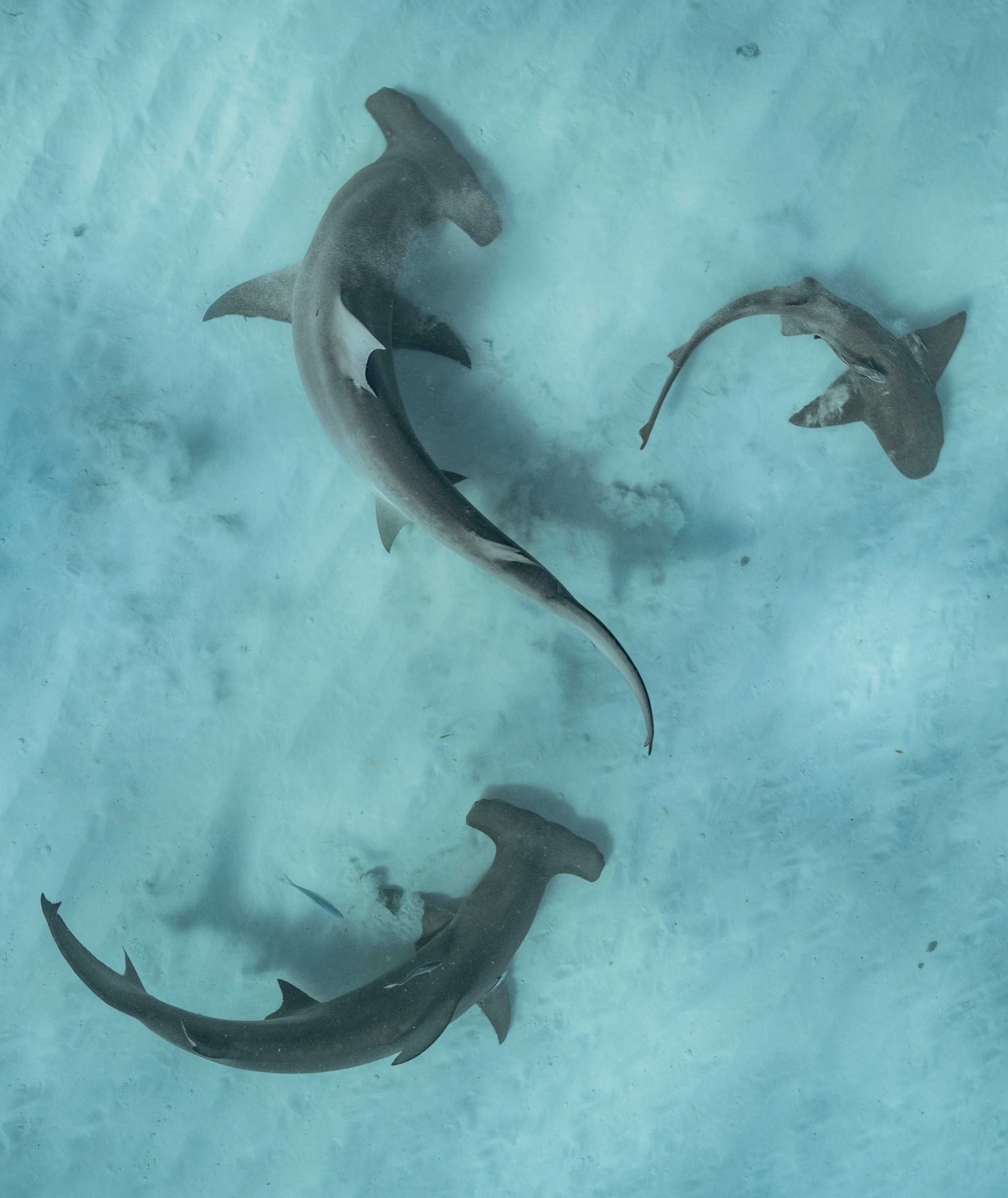
“We have an ability to see, hear, and sample [the ocean] in ways that we just never had before,” says Chris Scholin, the president and CEO of the Monterey Bay Aquarium Research Institute, a nonprofit oceanographic organization based on California’s central coast.
Submersibles, satellites, drones, ROVs, autonomous underwater vehicles, and undersea observatories are giving scientists and explorers unprecedented access to the ocean. As a result, scientists are discovering an average of 2,000 new marine species each year.
“It’s amazing what’s happened in the last few years,” says Jyotika Virmani, executive director of the Schmidt Ocean Institute, a nonprofit dedicated to science and exploration that recently aided discovery of more than a hundred species believed to be new to science during expeditions to a seamount chain off the coast of Chile. “Things are happening, and they’re happening faster and faster. There’s been an almost exponential increase in information that we’re getting about the ocean.”
(Beyond the Western myth of exploration lies a rich and often overlooked history.)
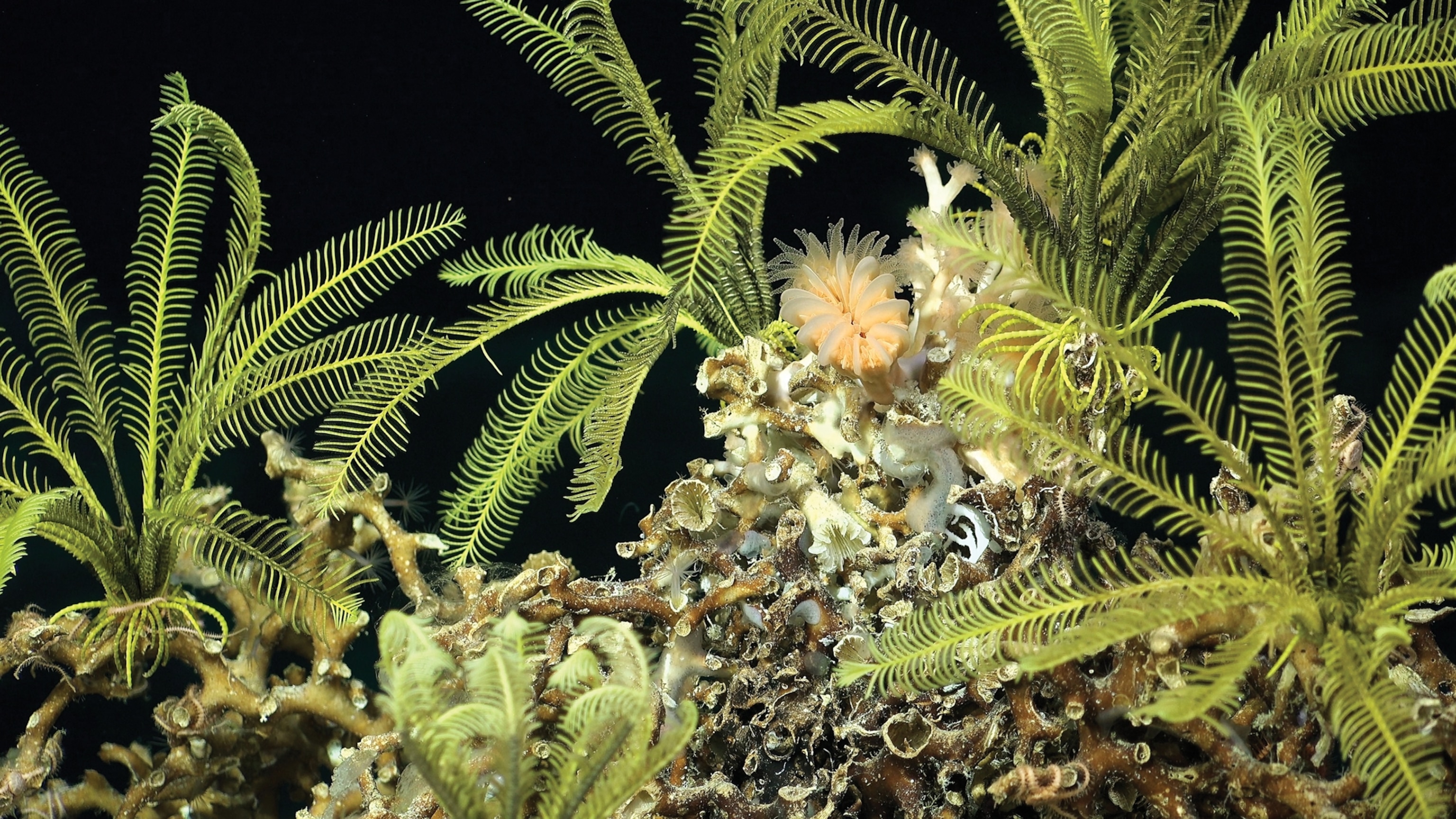
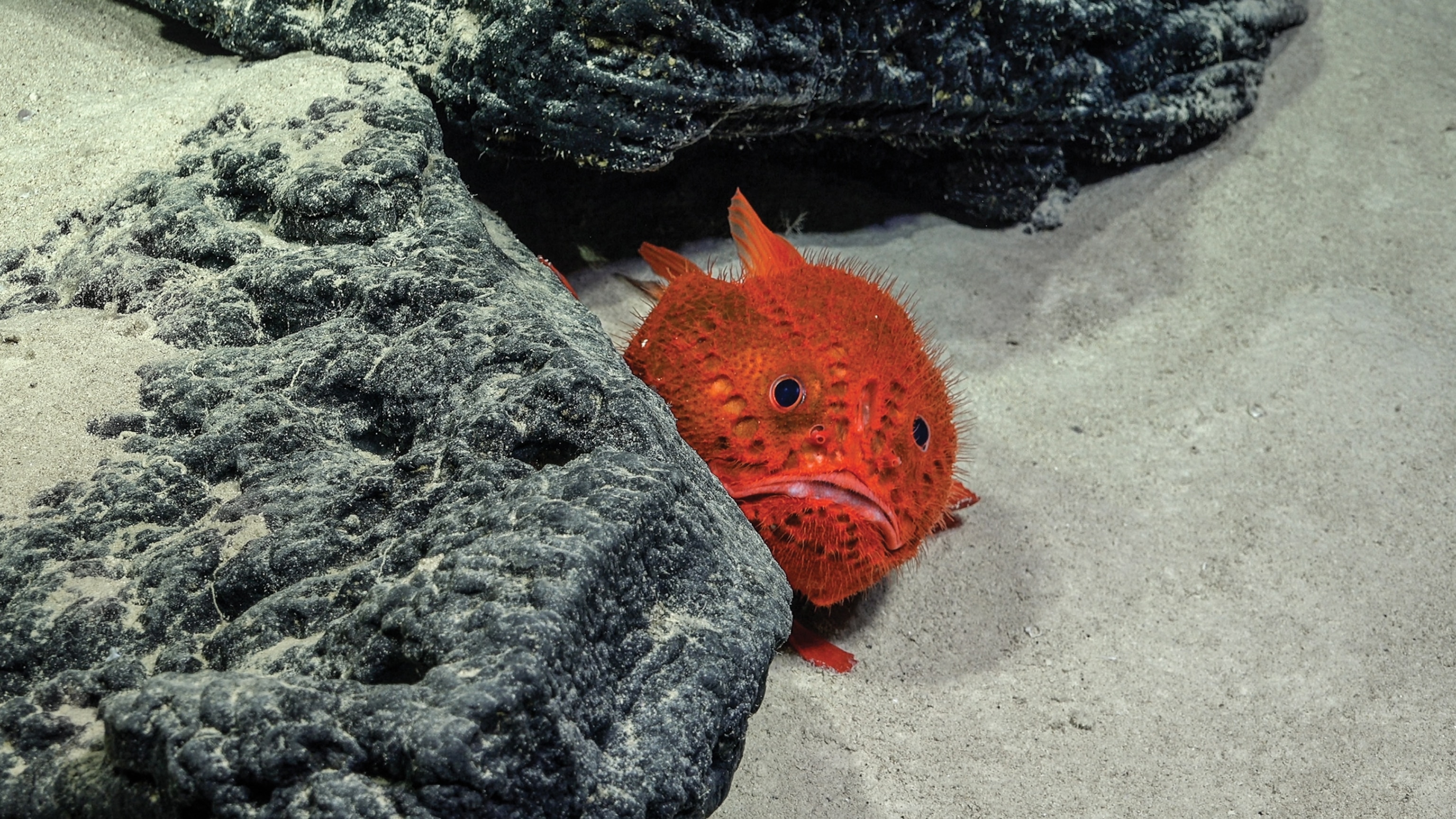
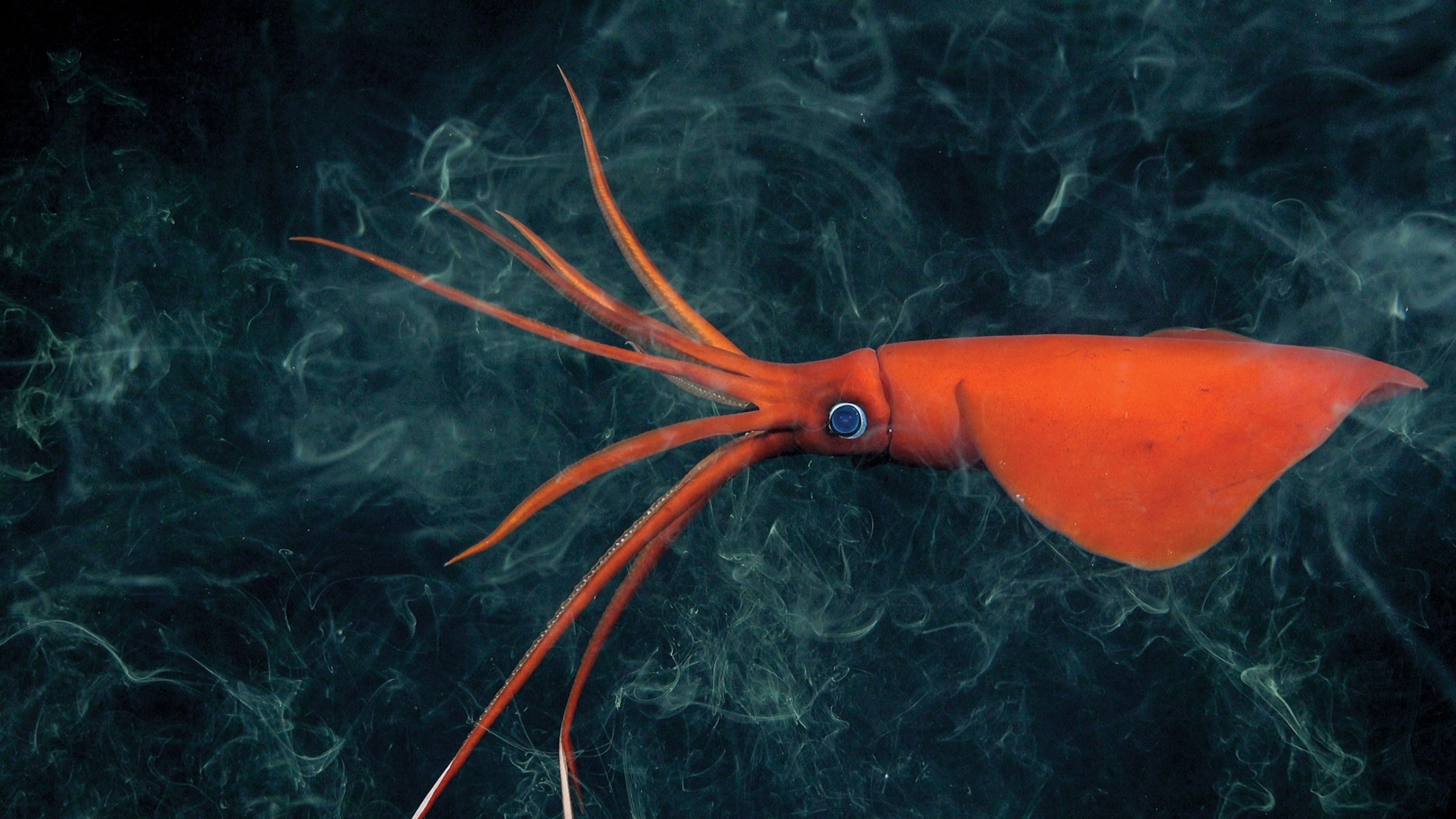
One of OceanX’s goals is to telegraph the vast human health and innovation losses that may occur if important species disappear before we can learn more about them. “The ocean is just a huge library of DNA that can be exploited by humans for medical purposes, manufacturing—all kinds of things,” says Vincent Pieribone, OceanX’s co-CEO and a professor at the Yale School of Medicine. Compounds from marine life are actively being investigated for their potential as antibiotic and antiviral medications and even for components of artificial bone.
The majority of the narrative being shared right now is “the obituary of the ocean,” says Philippe Cousteau, Jr., a filmmaker, explorer, and grandson of Jacques-Yves Cousteau. “I think that has held back capturing the public’s imagination.”
After confirming the underwater ledge was a feeding spot for sixgills, the team decided it was ready to tag a shark. Around midnight on another evening, the Neptune shuttled Márquez and marine ecologist Fontes back to the ledge, passing through a shoal of boarfish so dense it temporarily obstructed the bubble sub’s view.
This time, decaying fish had been secured to an extended metal rod, which projected several feet in front of the submersible to entice a sixgill. “Come on, Big Mama,” Márquez said, as if willing a shark to appear.
When the first sixgill arrived, it ignored the bait, focusing instead on a morsel that had become detached and floated to the bottom, and stayed out of range. Some time later, two more sharks appeared, with the larger one chasing off the smaller, probably to protect the new food source. At a certain point, one creature’s large, trapezoidal tail knocked the sub with an audible thump, startling everyone behind the six-and-a-half-inch acrylic hull.
The Neptune was outfitted with a laser-sighted spear gun that could fire a kind of arrow into the skin of the sixgill. Connected to the arrow was the tracker—a small, red, hard-foam package that housed a camera and other sensors capable of monitoring the animal’s speed, depth, and movements for up to 12 hours.
When the larger of the two sharks came into view, Fontes pressed a button to fire the arrow, but it shot wide, narrowly missing the moving target.
“Damn it,” he said.
Márquez grabbed her head. “I can’t believe it,” she said, before signaling that another shark was approaching. With only one arrow left, the pressure was on. This time, Fontes was able to hit the animal’s large torso. Up in the OceanXplorer’s mission control room, Stackpole, the underwater robotics technician, and Afonso watched with excitement and gave each other a high five.
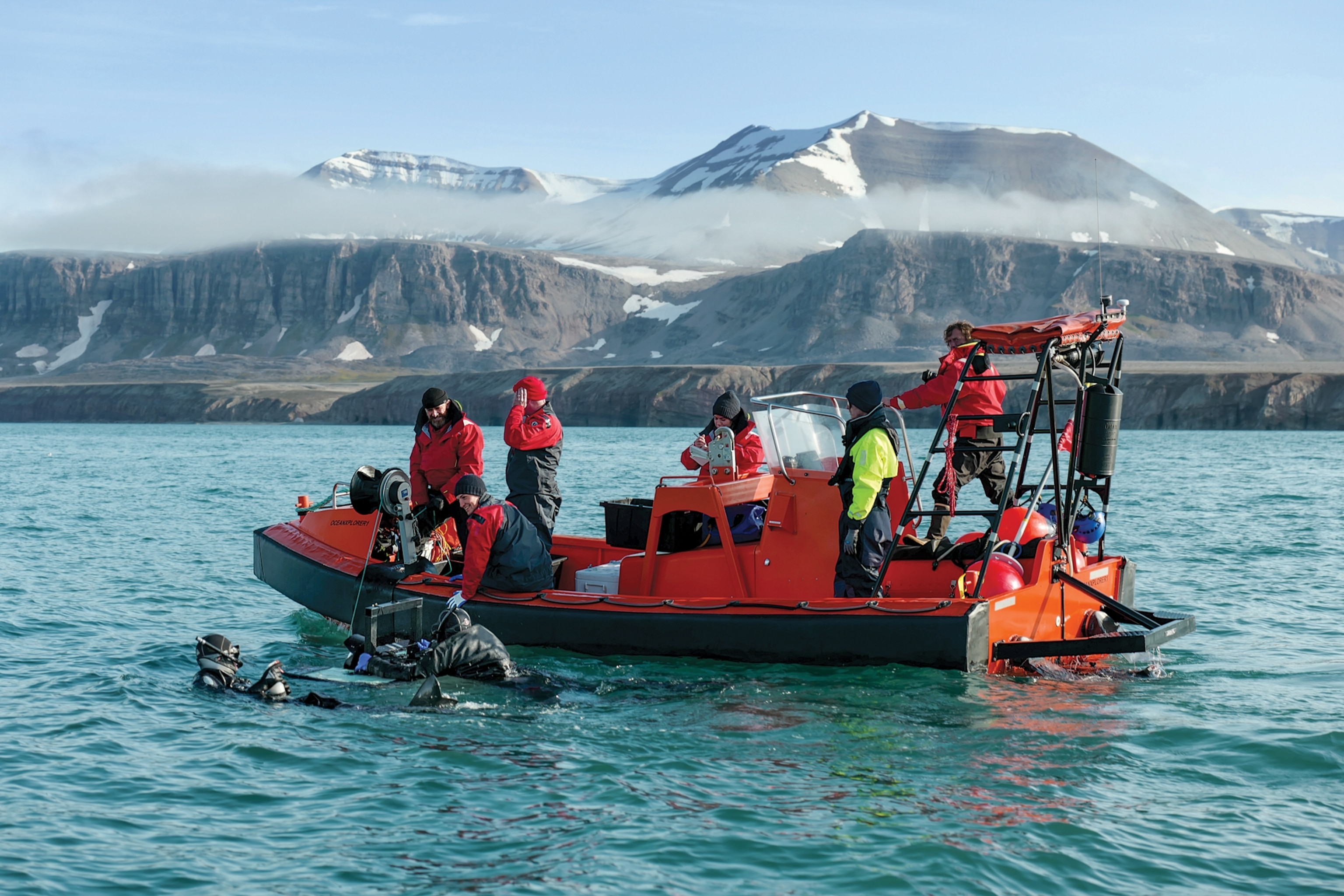
Sixgills likely haven’t changed much in 200 million years and retain features from the Jurassic age. When the tagged shark reapproached Neptune to finish its meal, cameras captured its eyes rolling back into its head as it shook the bait. Unlike many sharks, sixgills don’t have a retractable membrane to protect the eye while hunting; instead their eyes just … roll back. For the crew, it was a visceral reminder of how different these animals are.
Because sixgills are especially buoyant, one working hypothesis for how these sharks hunt has been that they may float upward along ridgelines in the ocean, seeking silhouettes from potential prey that they can ambush.
While the show focused on the red camera tag, it was accompanied by another, more basic satellite tag that could transmit movement data for an additional nine months, allowing the researchers to continue to learn more about the species’ vertical migrations. Such underwater monitoring is important: Although scientists can catch deep-sea sharks with nets or hooks and pull them to the surface, being dragged from the deep can cause potentially fatal pressurization injuries for the creatures. Stressed animals don’t make great study subjects either, which is why scientists at OceanX want to tag them in their environment.
Once reviewed at the mission control room, the data retrieved from the tracker appeared to support the thesis about the sixgill’s hunting method. The shark would travel slowly, with short upward bursts of speed that might signal it was ambushing prey from below.
OceanX missions aren’t all focused on thrashing sharks and whales. Often they pursue the more prosaic business of mapping. While the OceanXplorer tracks sharks and films whales, the vessel is also using its own sonar array to add to the growing body of data about the seafloor. In 2019 OceanX conducted an end-to-end survey of the largest coral reef system alongside the continental United States. It also conducted yet another voyage off the Azores, in 2023, producing yet more findings on underwater seamounts and ridges to support the designation of 30 percent of the region’s economic zone waters as marine protected areas. Scientists working with OceanX have contributed to nearly a hundred research papers, on topics ranging from coral-dwelling crabs to microbial life around hydrothermal vents.
(The race to create climate-resilient coral—before it's too late.)
“The sea, once it casts its spell, holds one in its net of wonder forever,” Jacques-Yves Cousteau wrote. At a time when the public’s increasingly short attention span may make it harder to digest complicated information, OceanX is trying to perpetuate that spell.
Dalio, the nonprofit’s co-founder, says he wants OceanXplorers “to be a launch, not just of a series but of a new awareness and excitement about the ocean,” adding he wants to “create a wave” that gets others involved and working together. If that can happen, he says, “we really are on the brink of a golden age for ocean exploration.”
What its scientists share with the public seems to be getting attention: OceanX has more than four million followers on TikTok.

During another dive in the sub, Márquez and Afonso witnessed a large sixgill skim close to the floor of the ledge. This might be attributed to the animal’s use of highly attuned electrical sensors in its head to detect movements of other creatures in the murk. But instead of seeing the feeding method their data suggested, what happened next was different. The creature quickly inverted, swinging its tail vertically above its head before swinging it back and forth to seemingly pin something against the seafloor. It could have been a ray hiding under the sand.
Back on the OceanXplorer, Márquez and the team talked over just how much that moment defied their expectations. Rather than proving one version right or wrong, the truth is more exciting: The sixgill may have different hunting tactics it can deploy.
“The data from the tag was telling us one thing,” said Márquez, “but our own eyes are telling us something completely different.” It’s an unexpected finding and a reminder of just how much remains unknown.
At dusk one day, the sun lit up the rocky cliffs of the Azores, and the OceanXplorer steered onward, the large vessel backlit by the dimming light that reflected across the vast ocean around it. Eventually, the ship would head back to port to refuel and start another mission, bringing on another group of local scientists to study the deep.
As the ship moved ahead, it looked small against the backdrop of the ocean, which stretched so far that it blended into the glittering horizon line. Almost every day at sea features a moment like this, when, with the right perspective, the enormous vessel suddenly looks small. When you zoom out, there’s always more ocean.
Annie Roth, a filmmaker, journalist, and author, tells stories about animals and those who study them. While reporting this story, she found herself in a submersible 650 feet below the surface. Next time she hopes to go even deeper.
You May Also Like
Go Further
Animals
- What would the world look like without mosquitoes?What would the world look like without mosquitoes?
- Social media loves to villainize dolphins. Here's why it's wrong.Social media loves to villainize dolphins. Here's why it's wrong.
- How did wolves evolve into dogs? New fossils provide cluesHow did wolves evolve into dogs? New fossils provide clues
- This unorthodox method is saving baby parrots from extinctionThis unorthodox method is saving baby parrots from extinction
- A deadly disease that affects cats big and small found in U.S.A deadly disease that affects cats big and small found in U.S.
Environment
- ‘Corn sweat’—and other weird weather phenomena—explained‘Corn sweat’—and other weird weather phenomena—explained
- A sea tornado sank a yacht. We might see them more often.A sea tornado sank a yacht. We might see them more often.
- How billions of dollars are revolutionizing ocean explorationHow billions of dollars are revolutionizing ocean exploration
- Where to go stargazing in Chile according to a local astronomer
- Paid Content
Where to go stargazing in Chile according to a local astronomer
History & Culture
- Did Babe Ruth really ‘call’ this legendary home run?Did Babe Ruth really ‘call’ this legendary home run?
- The real history behind the legend of China's Monkey KingThe real history behind the legend of China's Monkey King
- How new technology transformed the American workforceHow new technology transformed the American workforce
- This secret Civil War sabotage mission was doomed from the startThis secret Civil War sabotage mission was doomed from the start
- This rare burial site reveals secrets about the Sahara's lush pastThis rare burial site reveals secrets about the Sahara's lush past
Science
- Why some say tennis is 'the world's healthiest sport'Why some say tennis is 'the world's healthiest sport'
- Your body ages rapidly at 44 and 60. Here's how to prepare.Your body ages rapidly at 44 and 60. Here's how to prepare.
- How do gold nuggets form? Earthquakes may be the keyHow do gold nuggets form? Earthquakes may be the key
- Astronauts getting stuck in space is more common than you thinkAstronauts getting stuck in space is more common than you think
Travel
- These are the must-see sights of Italy's Veneto regionThese are the must-see sights of Italy's Veneto region
- A guide to St John's, Atlantic Canada's iceberg capitalA guide to St John's, Atlantic Canada's iceberg capital

